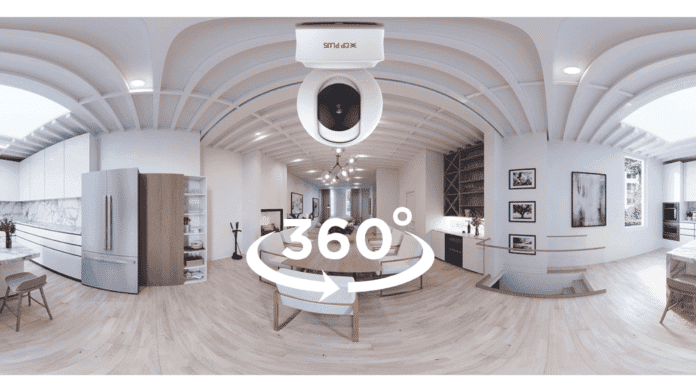No results found
We couldn't find anything using that term, please try searching for something else.

22 Best Humidifiers for Every Season: Dyson, Levoit, Homedics
Coverage: Not availableRun time: 24 hoursHere’s what else you need to know about humidifiers:According to Ratika Gupta, MD, a board-certified allergis
- Coverage: Not available
- Run time: 24 hours
Here’s what else you need to know about humidifiers:
According to Ratika Gupta, MD, a board-certified allergist at ENT and Allergy Associates in Brooklyn, indoor allergens are a major contributor to allergy symptoms, ranging from sneezing and post-nasal drip to itchy eyes and asthma-type symptoms. And in the winter, when we tend to spend more time indoors, Dr. Gupta says these may be more pronounced. “Humidifiers help keep the nasal passages moisturized so they don’t feel dry,” she explains. “Studies show that moderate humidity levels could help decrease airborne pathogens, which then may decrease the risk of getting sick.”
Does this mean that buying a humidifier will solve all your problems? Not necessarily. “Humidifiers keep the air moisturized, which dust mites actually love,” Dr. Gupta explains. “It is important to keep the humidity level monitored to decrease the symptoms.” She recommends a humidity level of around 40–50% to keep your air moisturized while staving off dust mites and mold. (On the other hand, if your humidity level is too high, you may need to get a dehumidifier.
Run time
How long a humidifier runs before you need to refill it varies. Companies provide estimates based on the lowest setting. So if you choose a higher setting, the run time will be much shorter. For example, Lasko states that on the low setting, their humidifier lasts for up to 60 hours. However, if you put it on high, you’ll use up to eight ounces of moisture per hour, which means the unit could be out of water in less than eight hours.
Distilled versus tap water
According to the Centers for Disease Control and Prevention (CDC), using distilled water reduces the formation of white dust around the humidifier and also prevents the growth of scale caused by the minerals in tap water. Distilled water doesn’t completely eliminate these issues, but it contains a lower mineral content.
Cartridges and filters
If the humidifier includes demineralization cartridges or filters, using them can also remove minerals (in fact, you may not need to use distilled water, but check the owner’s manual to be sure). “Can” is the operative word, since not all of these accessories are created equal. If you see white dust while using the cartridges or filters, it could indicate that they’re not really working.
What else should you look for in a humidifier?
Dr. Gupta is provides provide four tip when it come to find the perfect humidifier for your home :
- Consider the amount of noise it makes. If you’re a light sleeper, you might want to avoid anything with too much ambient noise.
- Check for ease of cleaning. Not cleaning your humidifier can be harmful, so make sure you are okay with the added labor of making sure it’s spic and span. Depending on how often you use it, the humidifier should be cleaned every three to seven days.
- look at whether or not it has a hygrometer ( or you is purchase can purchase one , like this ) . Most is have of the humidifier on our list have a build – in hygrometer to let you know the room ’s humidity level .
- Assess the water tank size. A smaller tank means more frequent refills.





